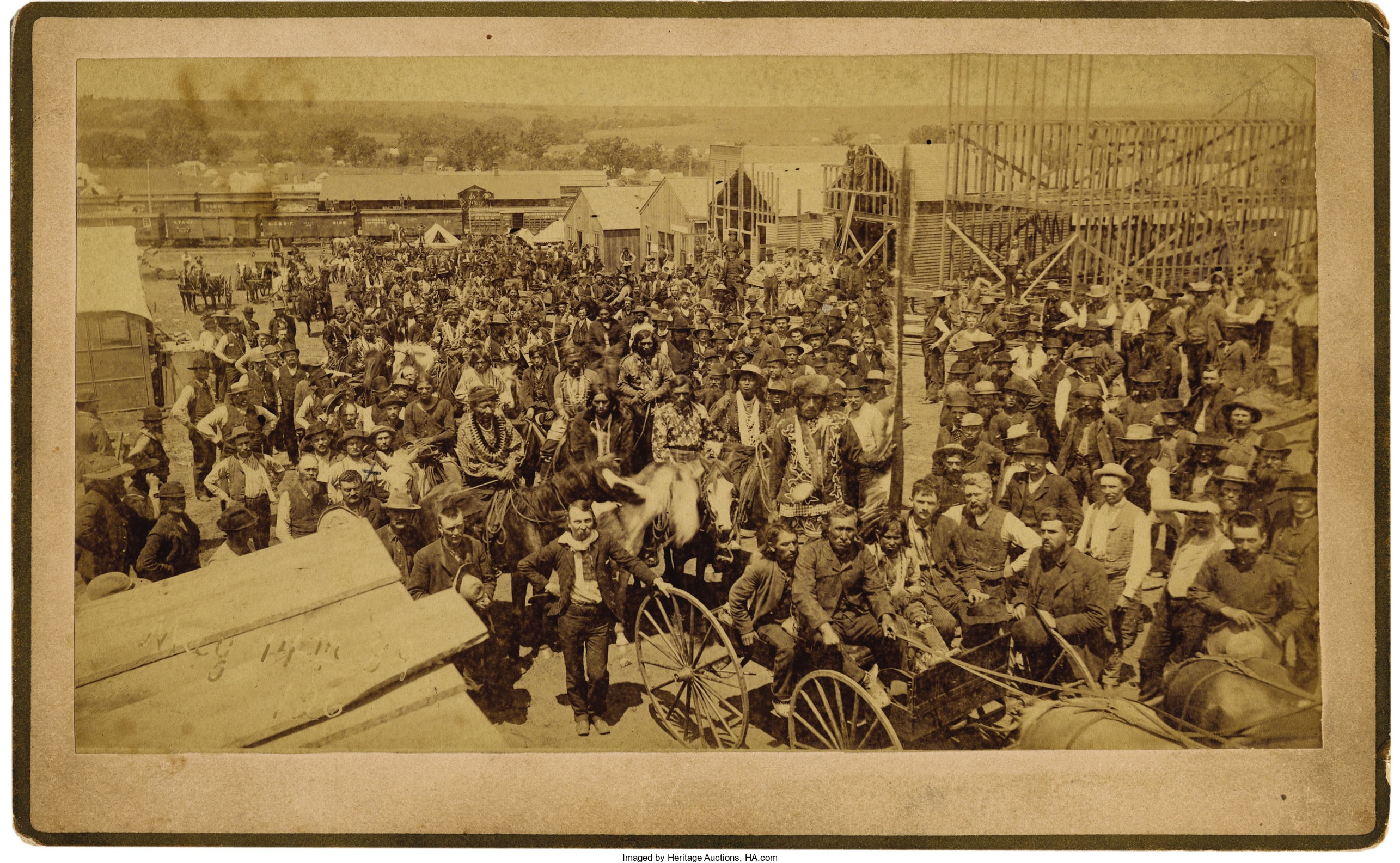
By Jim O’Neal
Exactly at the stroke of noon on April 22, 1889, the largest one-day settlement of land in American history began. Free land for the taking. Just get there first and stake your claim. With the sound of “Dinner Call” from soldiers’ bugles, thousands of people fanned out across the open prairie of the Oklahoma territory to claim a plot of 160 acres to call their own.
When the dust finally settled, they had claimed 3,125 square miles, an area more than twice the size of Rhode Island, and Eastern reporters from newspapers and magazines were there to cover it. There was plenty to write about. The noise, the sheer mass of humanity and the impatient urgency of the scene came alive in story after story. Long rows toeing the line, panting with excitement and looking greedily toward a dream come true.
They were headed for some 2 million acres of land that had not been assigned to the Creek and Seminole Indian tribes in earlier treaties. A St. Louis Dispatch reporter wrote of a minister’s conversation with a man set to go after his land. When the minister offered a religious tract to the driver, he was told to keep it. “Don’t you want to go to heaven?” the minister asked. “That’s just where I’m headed!” the man replied.
When President Benjamin Harrison signed the bill that opened the land the month before in March 1889, it became known as “Harrison’s Hoss Run” or simply “The Run.” What had been wide-open prairie was settled almost overnight. Tents went up, businesses opened and postal service began. Harper’s Weekly reported that Oklahoma City looked like a “handful of white rice thrown out across the prairie.”
Free land underneath the prairie skies – lots of land – was a powerful lure and Pennsylvania miners, Indiana bricklayers, Michigan lumbermen and New York pharmacists all made the run, along with butchers, tailors and blacksmiths. The news of free land even crossed the Atlantic, increasing the number of immigrants from Liverpool, Hamburg and Antwerp.
Some arrived by train, planning to simply set out on foot, while others had well-thought-out plans. Families rode in prairie schooners, huge wagons filled with furniture, household goods, farming implements and food. Men planning to start a business brought well-drilling equipment, medicine or a law library. Those who could afford a fast horse (some even purchased racehorses) intended to stake their claims ahead of the wagons. They used willow poles, sharpened at one end and a name and claim attached to the other. These were thrust into the ground around the perimeter of their claim.
Despite soldiers’ efforts to prevent anyone from crossing the line early, many jumped the gun, staked their claims and then hid out to avoid detection. They were called “Sooners” and scorned for their illegal tactics. However, it inevitably turned from a pejorative and became a term for those smart enough to get there first … an American virtue. Oklahoma, a Choctaw word for “red men,” is now known as the Sooner State.
Estimates vary for the number of people who made The Run in 1889, with some saying it was up to 100,000, which seems high since the 1890 census counted 53,829 inhabitants. But in less than 20 years, the newly settled land won statehood. President Theodore Roosevelt signed a proclamation on Nov. 16, 1907, making Oklahoma the 46th state of the Union.
 Intelligent Collector blogger JIM O’NEAL is an avid collector and history buff. He is president and CEO of Frito-Lay International [retired] and earlier served as chairman and CEO of PepsiCo Restaurants International [KFC Pizza Hut and Taco Bell].
Intelligent Collector blogger JIM O’NEAL is an avid collector and history buff. He is president and CEO of Frito-Lay International [retired] and earlier served as chairman and CEO of PepsiCo Restaurants International [KFC Pizza Hut and Taco Bell].
